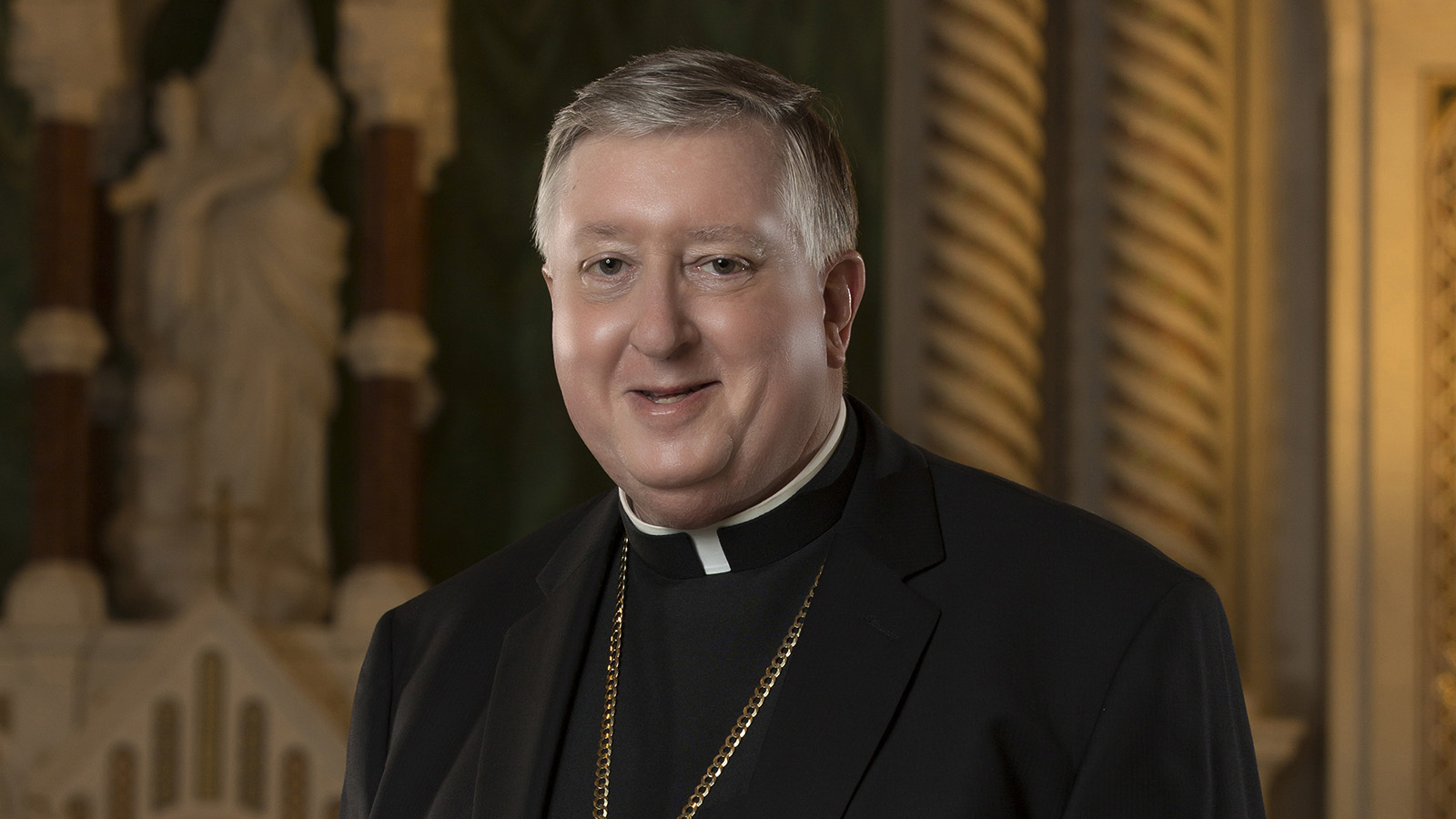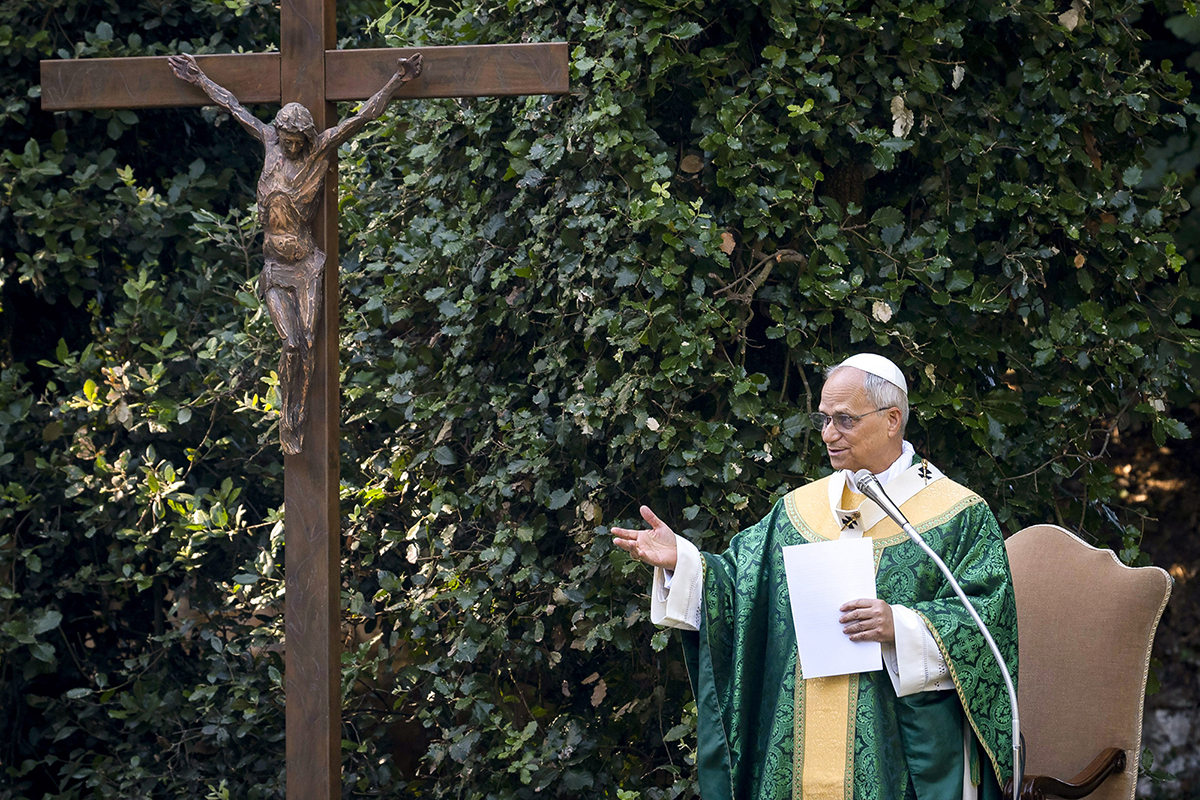BEFORE THE CROSS | God’s expressions of love are suited to the specific stage of salvation history
How will we continue to show love to others as we enter Ordinary Time?

We’re coming up on the end of the Christmas season, and the transition back into Ordinary Time. We’ve spent the last several weeks attending great feasts, doing generous deeds and speaking grateful words. The question now becomes: how will we carry that love into the rhythms of ordinary life?
The question is also raised by the Gospel readings for this week. As we wrap up the Christmas season, Jesus is doing great things: curing every disease and illness among the people, multiplying the loaves and fishes, walking on water, amazing the people with His words, curing a man with leprosy. The account of these mighty deeds sometimes leaves people wondering: why doesn’t God do mighty deeds today?
Part of the answer is: He does, we just don’t always hear about it.
Part of the answer also is that God always acts in a way that is appropriate to the age. In the Old Testament, He did certain kinds of signs and wonders — for example, the signs of the prophets — but He never showed the Israelites His face. In the New Testament, Jesus did signs and wonders and showed us the face of God, but His ministry was in one place at a time, not everywhere at once. In our day, He does yet other signs and wonders — for example, in the sacraments — through which He carries out His ministry in every place at once. God’s love is revealed to us, but the wonders He does are always suited to the stage of salvation history that’s happening.
In this way God’s love is something like the love of a parent for a child. Parents always love their children, but show that love in different ways. When the child is an infant, love looks one way: the parent does everything for the child. When the child becomes an adolescent, love looks different: the parent teaches the child to do things independently. When the child becomes an adult, love looks different yet again. The love is always there, but it’s expressed differently in each age of the child.
What does God’s love look like in our day? It’s the same love, even if it doesn’t always express itself with the same signs and wonders. Perhaps the expression is quieter and more subtle. But it’s just as real.
So the question comes back to us. All through the Christmas season we’ve shown our love to people in extraordinary ways. As we make the transition to Ordinary Time, how will we show our love in ordinary ways that may be quieter and more subtle, but are equally real? Perhaps we could empty the dishwasher for a spouse, do something for a neighbor, take a positive attitude toward something that’s difficult, pray for someone regularly, mention Church to a friend.
All around us, the culture moves from one extraordinary feast to another, seemingly incapable of finding meaning in ordinary time: Halloween, Thanksgiving, Christmas, Valentine’s Day, St. Patrick’s Day, Easter, etc. At some point that becomes exhausting. Perhaps we can show a better way.
God sets a pattern. He always loves us. But He expresses that love in different ways from age to age. Can we do the same? How can we express our love for others as we enter Ordinary Time?
We’re coming up on the end of the Christmas season, and the transition back into Ordinary Time. We’ve spent the last several weeks attending great feasts, doing generous deeds and … BEFORE THE CROSS | God’s expressions of love are suited to the specific stage of salvation history
Subscribe to Read All St. Louis Review Stories
All readers receive 5 stories to read free per month. After that, readers will need to be logged in.
If you are currently receive the St. Louis Review at your home or office, please send your name and address (and subscriber id if you know it) to subscriptions@stlouisreview.com to get your login information.
If you are not currently a subscriber to the St. Louis Review, please contact subscriptions@stlouisreview.com for information on how to subscribe.




